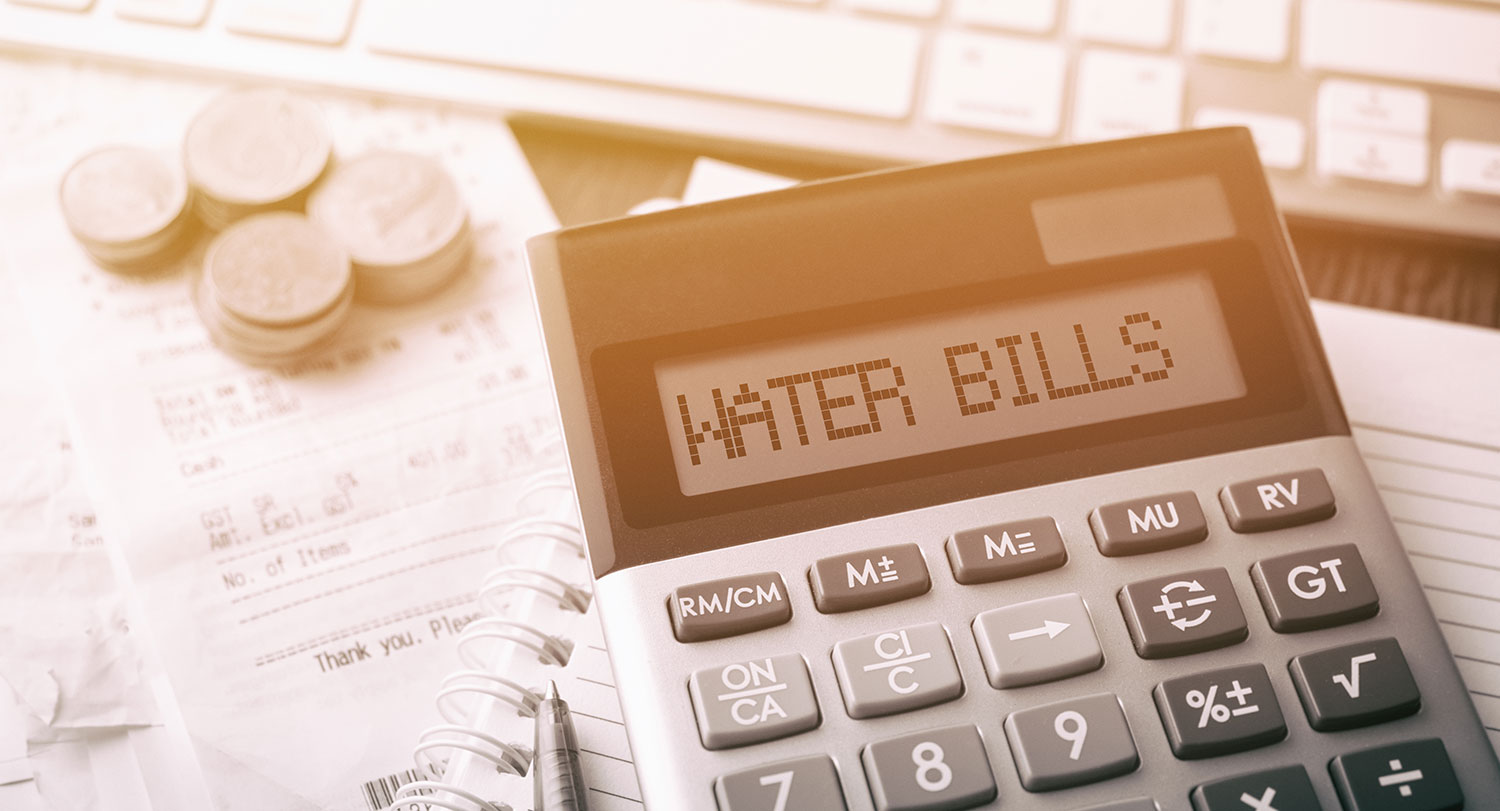Water Poverty

What is Water Poverty?
Although the term currently doesn’t have an official government definition, when referring to Water Poverty in the UK, we are talking about a customers’ ability to pay their water bill, and not the availability of clean drinking water.
This programme of work will develop a single industry-acknowledged definition of water poverty – some of the currently used definitions are outlined below.
The Digital Economy Act (2018) defines a person living in water poverty as:
“… a member of a household living on a lower income in a home which—
(a) cannot be supplied with water at a reasonable cost, or
(b) cannot be supplied with sewerage services at a reasonable cost”
In their 2015 paper ‘Affordability and Debt’, Ofwat developed an ‘affordability risk’ model, referring to household customers who may be at risk of not being able to afford their water and sewerage bills:
“According to our indicators, affordability risks emerge when a household spends more than 3%, or more than 5%, of their disposable income on water and sewerage bills. The data we used to determine this was the Department for Work and Pension’s (DWP) annual Family Resources Survey.
“We selected the thresholds of 3% and 5% because they provide a useful means of describing patterns observed in the data. It does not imply a threshold for which assistance should be provided.”

